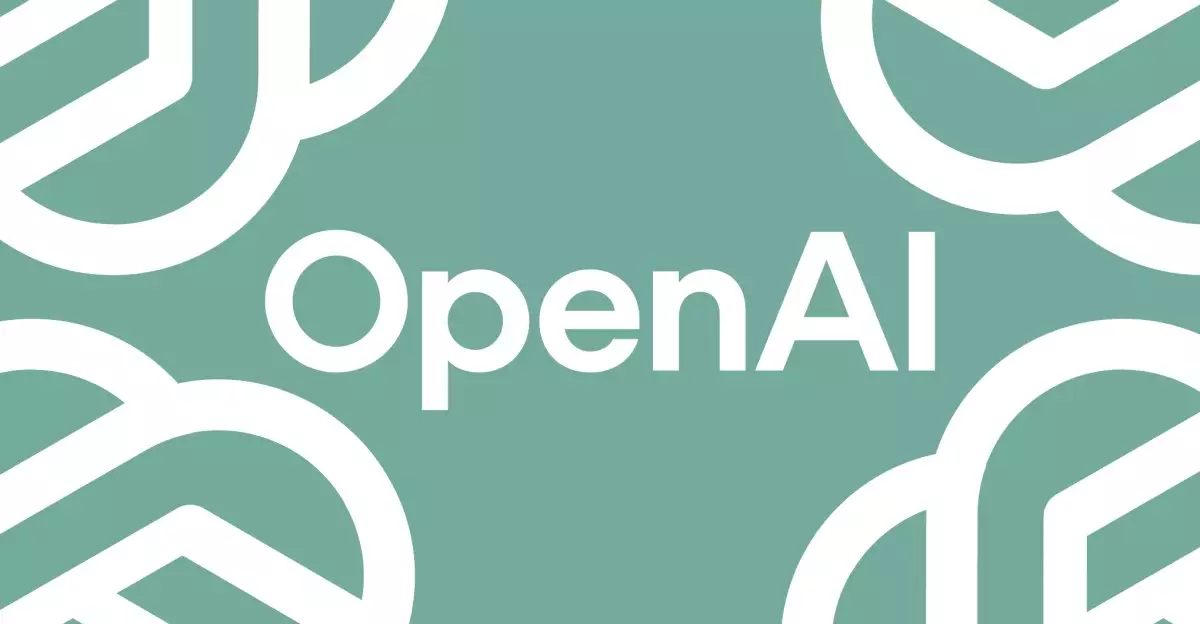OpenAI has once again set the bar high in artificial intelligence with the unveiling of GPT-4.1, a notable advancement that embodies the company’s unyielding commitment to innovation. The tech giant continues to advance AI technology while delaying its highly anticipated GPT-5 launch, a decision that appears to be a strategic pivot destined to refine the existing frameworks rather than rush to a new version. By addressing the limitations of the previous multimodal model, GPT-4o, OpenAI has successfully delivered an upgraded model that stands out in terms of functionality and reliability.
Enhanced Contextual Understanding
One of the most significant improvements the GPT-4.1 boasts is its enhanced context window, which allows it to process up to an astonishing one million tokens. This dramatic increase sits in stark contrast to GPT-4o’s 128,000-token cap. OpenAI claims to have trained the new model to efficiently attend to information across the extended context length without losing focus—a must-have feature as AI continues to integrate into ever more complex analytical and creative tasks. Such advancements make GPT-4.1 not just an iterative improvement but a more intelligent and adaptable assistant prepared to tackle a wider array of challenges.
Cost Efficiency and Accessibility
In a landscape where budget constraints are often pivotal for developers, GPT-4.1 provides a breath of fresh air by being 26% cheaper than its predecessor. This adjustment comes at a crucial time, especially following the emergence of DeepSeek’s efficient AI model, which has spurred a competitive frenzy. By offering more accessible models such as GPT-4.1 Mini and GPT-4.1 Nano, OpenAI is democratizing access to AI, encouraging a wider range of developers to experiment and innovate without prohibitive costs.
A Reliable AI Companion
Moreover, OpenAI assures that GPT-4.1 is not only cheaper but markedly more reliable. Enhanced instruction following and coding capabilities enable users to experience more seamless interactions. The ability to ignore irrelevant information and focus on pertinent data across extensive contexts elevates the user experience. Consequently, businesses looking for dependable AI tools can confidently rely on GPT-4.1 as a game-changer in their computational discussions, whether it is coding assistance or general inquiries.
The Future of AI Before Us
The unveiling of these models, alongside the strategic decision to phase out GPT-4, reflects an ambition rooted in a vision of an AI landscape that is both efficient and user-friendly. While the delay of GPT-5 may have initially raised eyebrows, it becomes increasingly clear that OpenAI aims to refine its current offerings, shifting focus to performance improvements and thoughtful integration rather than simply producing iterations. As we further delve into this new era of AI, the potent combination of efficiency and capability embodied in GPT-4.1 promises to redefine how users interact with technology, and one can only speculate as to the horizons yet to be explored.


Leave a Reply